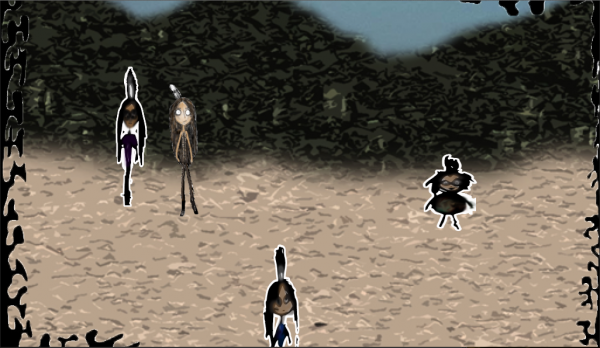By Lya Wodraska and Matthew Piper, The Salt Lake Tribune
The University of Utah has reached a new agreement over its continued use of the Ute name and drum and feather logo for athletics teams, a university source tells The Tribune.
A memorandum of understanding that outlines collaborative efforts to encourage more Ute students to attend the school is expected to be signed by U. President David Pershing and Ute Indian Tribe Business Committee chairman Gordon Howell 11 a.m. Tuesday in Fort Duchesne. The university will not pay to use the name.
The Ute Tribal Business Committee sent a letter to the University of Utah late last year, requesting a meeting with the school. Attached to the letter was a resolution stating support for the school’s use of the Ute name and drum and feather logo, but also hopes to negotiate tuition waivers instead of scholarships for Ute Indian Tribe students.
The resolution further called for the creation of a special adviser to Pershing on American Indian Affairs, and to appoint a member of the Ute Indian Tribe in this role.
The current memorandum of understanding was established in 2005. U. Vice President Fred Esplin told The Tribune in November that the school and the tribe had been involved in ongoing discussions about the 2005 agreement, which was not immediately available to The Tribune late Monday.
Tuesday’s scheduled signing comes amid objections from within the U.’s own ranks over the school’s handling of diversity. Last week, assistant vice president for student equity and diversity Enrique Alemán resigned in part, he said, because he was accused of leaking the letter the U. received from the Ute Tribe.
Days earlier, chief diversity officer Octavio Villalpando resigned. Alemán said he was told Villalpando was being investigated for human resources issues.
A U. student group in December petitioned the school to drop ties with the tribe altogether, rather than continue to react to evolving notions of political correctness.
Even if handled delicately by the U., the teams’ association with American Indians leads to a problem of “education,” said Samantha Eldridge, a leader of the initiative and now a liaison for Native American Outreach in the National Education Association in Washington, D.C. Fans of the team must be told it is inappropriate to wear mock headdresses or paint their faces red at games.
“We are always going to get a negative, stereotypical portrayal of Native Americans,” Eldridge said Monday night. “We’re always going to get a new cohort of students attending the university who we are going to continually have to educate on what is appropriate and inappropriate behavior.”


